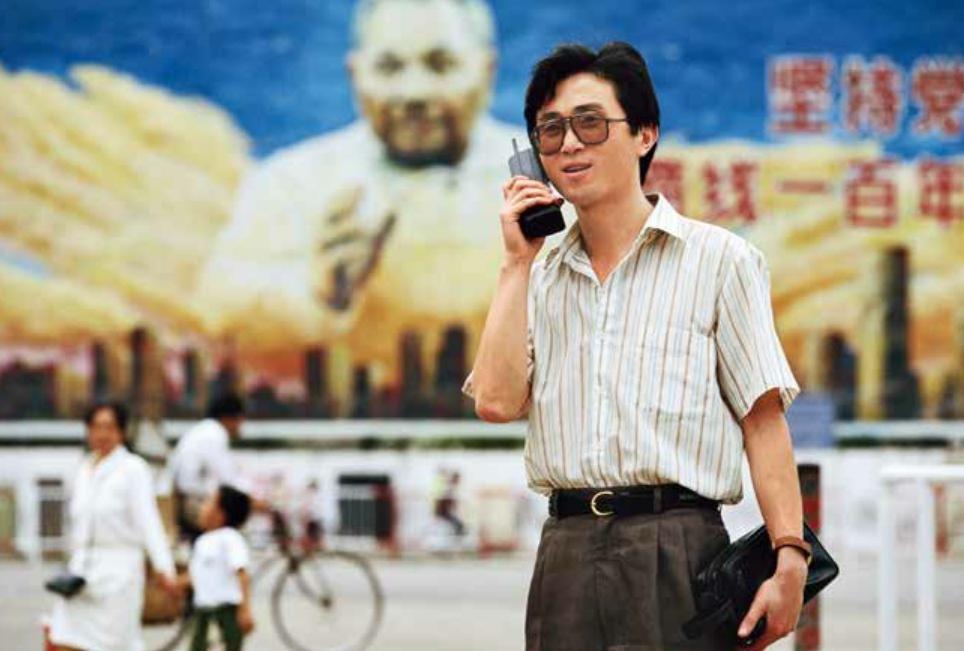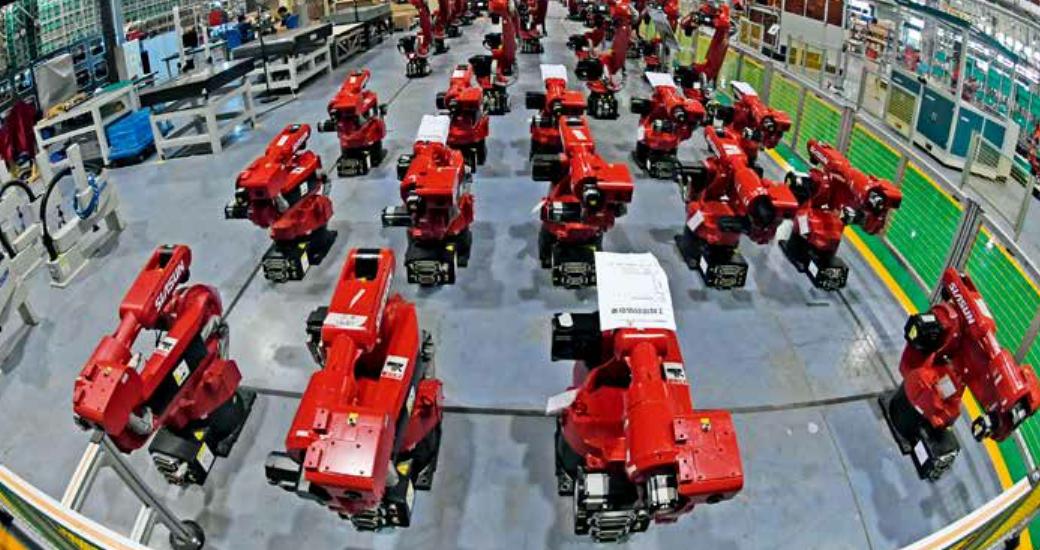Chinese Miracle of Economic Development
by Justin Yifu Lin



This year marks the 70th anniversary of the founding of the Peoples Republic of China. Under the leadership of the Communist Party of China(CPC) and thanks to tireless efforts of all Chinese people, China has transformed from a poor, backward agrarian country into the worlds second largest economy and biggest manufacturing powerhouse.
Over the past seven decades, Chinas economic development can be roughly divided into two periods: The first period lasted from 1949 to 1978, when China adopted a planned economy system and strove to promote economic development through industrial modernization. The second period started at the end of 1978 and continues to present day, during which time China established and continues to improve a socialist market economy system by upholding reform and opening up, which has resulted in a miracle of economic development never before seen in human history. Chinas economy is now transitioning from a phase of high-speed growth to a stage of high-quality development. This is a pivotal period for transforming the growth model, improving economic structure and fostering new drivers of growth.
70 Years for a Miracle
In the period of the planned economy, China mainly followed the Soviet model of development with an aim to build up a complete heavy industry system from scratch. Although this development mode could help a developing country quickly establish a modern industrial system, it also caused many problems in economic development. China formed a relatively complete modern industrial system under the system of planned economy but continued to suffer unsatisfying industrial efficiency and comparatively low per capita income. As a result, peoples living standards didnt see obvious improvements.
At the end of 1978, China became the first socialist country to transition from a planned economy to a market economy. Instead of following the neoliberal development theory that was mainstream globally at the time, its transformation opted for an approach of promoting gradual dual-track reform through emancipating the mind and seeking truth from facts. The country set up special economic zones to create regional advantages to overcome bottlenecks in terms of infrastructure and the business environment at the time.
During the 1980s and 1990s, neoliberalism continued to prevail around the world. Neoliberal economists prescribed “shock therapy,”arguing that it was the only effective treatment for a planned economy to transition to a market economy. Some said that the gradual dual-track transformation adopted by China, in which both the government and the market played roles in resource allocation, was the“worst institutional arrangement”and predicted that it could result in more problems than the planned economy had.
